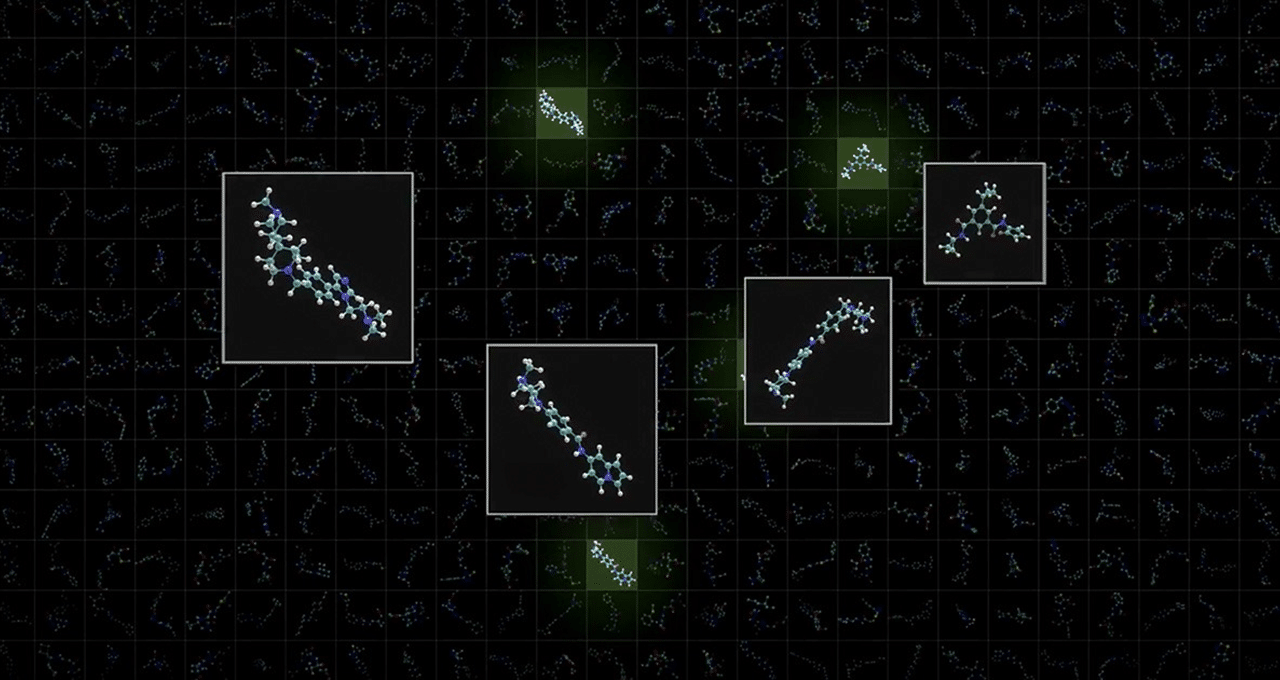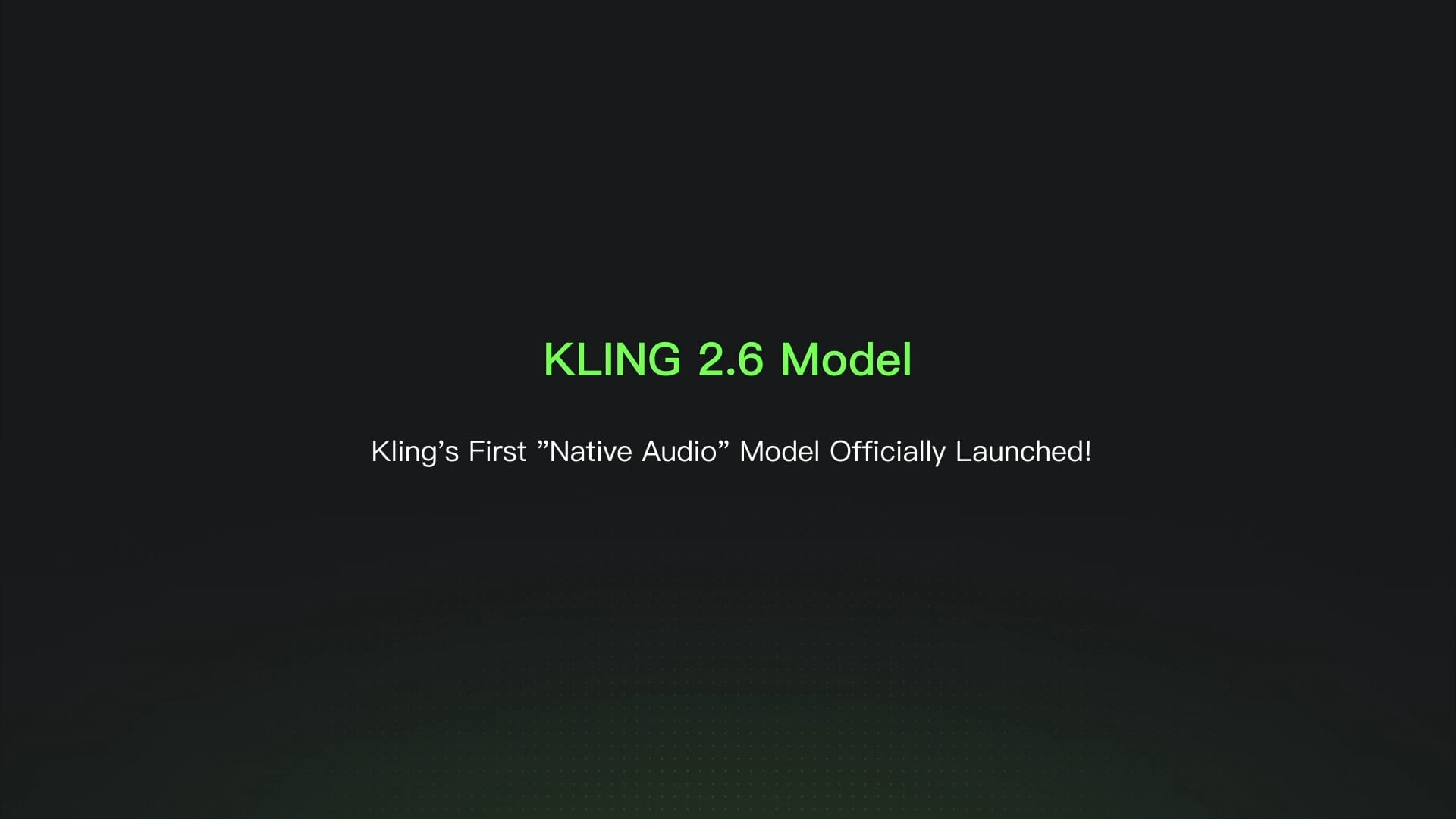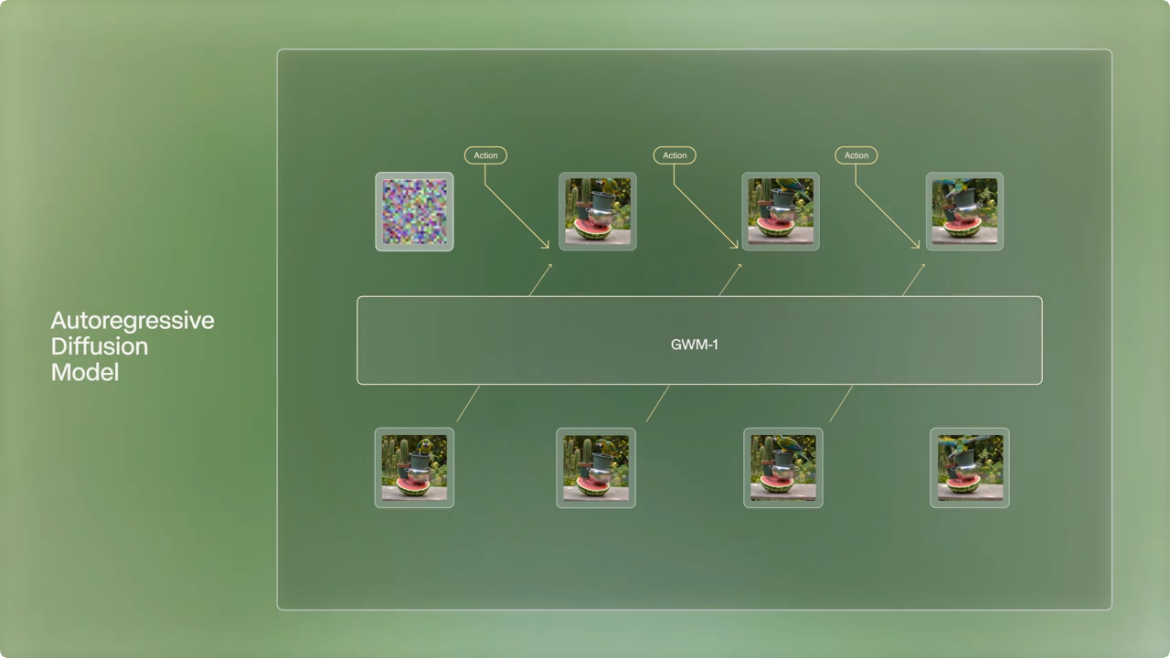NVIDIA is expanding the integration of its AI microservices in AWS to simplify the process of harnessing generative AI for healthcare applications. The NIM microservices, part of the NVIDIA AI Enterprise software platform, enable API access to a selection of AI models, including foundation models for drug discovery, medical imaging, and genomics. The NIM microservices are now available on Amazon SageMaker, an end-to-end service to deploy machine learning models; AWS ParallelCluster, a tool for high-performance computing cluster deployment and management; and AWS HealthOmics, a purpose-built service for biological data analysis.
Simplified access to NIM will enable healthcare and life sciences companies already using AWS to deploy generative AI solutions faster, and developers to multimodal AI-based workflows. The expanded integration was recently announced at the AWS Life Sciences Leader Symposium and extends the availability of NIM microservices included in the NVIDIA Clara accelerated healthcare software and services on AWS. Key offerings from the NVIDIA Clara services are NIMs from NVIDIA BioNeMo, MONAI, and Parabricks platforms.
BioNeMo is a generative AI platform used by over 100 organizations worldwide that supports training and fine-tuning biology and chemistry models on proprietary data. The BioNeMo models available as NIMs are optimized to run on NVIDIA GPU or GPU clusters to support holistic AI drug discovery workflows. Companies like Amgen and A-Alpha Bio already leverage these models in their workflows.
Likewise, life sciences company Agilent uses Parabricks genomics analysis tools on Amazon Elastic Compute Cloud (EC2) instances to improve processing speeds on its cloud-native Alissa Reporter software. Finally, the generative AI startup Hippocratic AI is profiting from conversational, voice generation, and facial animation NVIDIA microservices to develop a generative AI agent for digital health powered by NVIDIA GPUs through AWS.





Comments